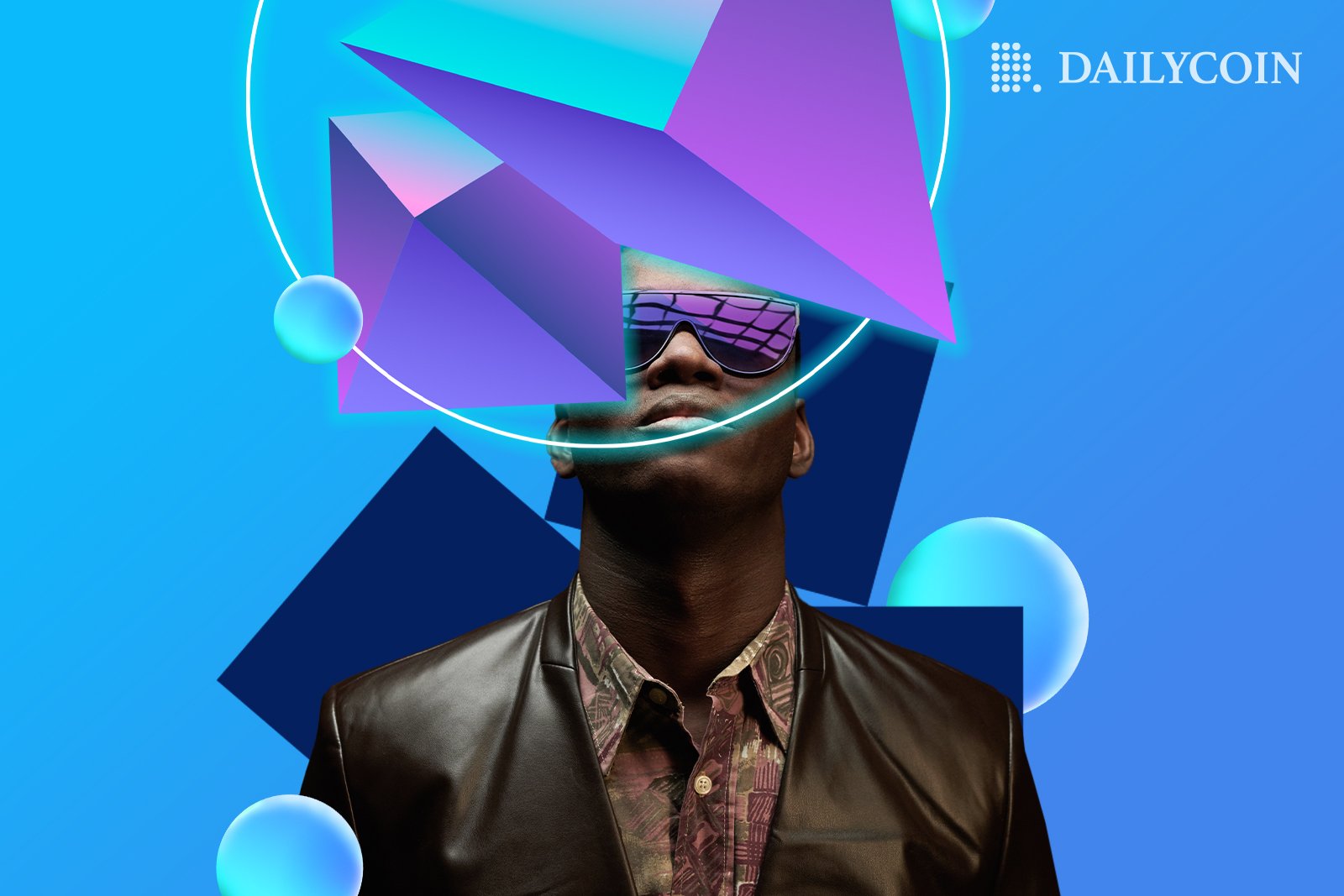
- Crypto natives tout digital ownership, while mainstream brands tout Web2.5 at Paris Blockchain Week.
- Major brands want a ‘less ideological,’ more accessible version of Web3.
- Brands unveil how blockchain can help them track users and lock in more value.
Web3 started as a reaction against corporate control, but as major brands have jumped on the bandwagon, it has become clear that they have their own vision for the space: Web2.5.
This year’s Paris Blockchain Week has highlighted how mainstream Web3 has become. Major brands, from automaker Fiat to luxury conglomerate LVMH, sent their executives to speak at the event to share their vision for Web3. A vision that is not necessarily compatible with how crypto natives see the space.
Crypto Natives: Web3 Is About Decentralization and Ownership
Speakers representing major crypto-native projects advocated for digital ownership during the conference. Silvio Micali, the founder of Algorand, is one of them.
Sponsored
During his Wednesday keynote, Micali stressed the importance of decentralization and ownership. To him, Web3 should empower users to own digital assets just like physical ones. He highlighted the importance of ownership in the example of travel tickets.
“It is the only industry without a resale market,” Micali said. “As a user, I want to own the ticket, and have the right to resell it whenever I want,” he added.
Micali also criticized efforts to lock in users in competing chains. Networks should be as decentralized as possible, he said. Even bridges between these networks should be decentralized to prevent frequent bridge hacks and rug pulls.
Animoca Brands Co-Founder Yat Siu also echoed that sentiment. While speaking at Paris Blockchain Week on Wednesday, he emphasized the importance of digital property. The ability to control property is essential to empower users, he said.
Sponsored
While presenting, he pointed to a map with the United States, Hong Kong, and Norway on one side and North Korea on the other.
“Historically, countries with stronger property rights are also those countries that have the best standard of living,” said Siu. The same principle holds in the digital realm, Siu believes.
Do Brands Want Digital Ownership?
While Web3 natives stick to the values of decentralization and ownership, newcomers are joining in. Major brands like LVMH and OTB Group are starting to have an increasing presence in the space. However, they have different values and designs.
Web3 values are not always compatible with the business models of traditional companies. Many brands, including fashion giant LVMH, opt for a modified version of Web3 – Web2.5.
Nelly Mensah, VP of Digital Transformation and Emerging Solutions at LVMH, defines Web2.5 as a fusion of Web2 and Web3. This approach combines Web2 consumer patterns with Web3 technology, she said at her keynote on Tuesday.
She said this new approach could have more success in attracting mainstream consumers. “Web3 ideology, like the phrase, not your keys, not your coins, excludes many users,” Mensah said.
Web2.5: Private Blockchains, Under Control by Major Corporations?
To achieve that vision, LVMH partnered with other luxury brands to create their own private Aura blockchain network. The network is managed by a non-profit whose founders are major global luxury brands.
Daniela Ott of the Aura Blockchain Consortium said that the blockchain would manage loyalty rewards for users. While speaking at a Tuesday panel, she said that the industry-managed blockchain would manage “digital passwords” for all its users. User information on the chain will always be available to companies like LVMH.
One of the Aura network members is the Italian luxury conglomerate OTB Group. Its Managing Director, Stefano Rosso, explained why:
“So far, when users leave our stores, we have no way to knowing what they are doing. Web3 technology could change that,” he said.
Moreover, metaverse tech would enable brands to engage with users at a deeper level. Much deeper, he said, than what they can do through social media.
Franck le Moal, Chief Information and Technology Officer at LVMH, said that the conglomerate reached that same insight. At the same panel, le Moal said that LVMH did not start its efforts in Web3 with a focus on user engagement. However, they have since discovered its potential.
Schemes like Aura blockchain are, in essence, a loyalty program running on the blockchain. By enticing users with discounts and benefits, companies get them to give up their data. Companies can then use that data to make more money per user.
This is a far cry from the Web3 focus on privacy and decentralization.
Web3 vs. Web 2.5 – Crossroads Between Ownership and Profits
As major corporate players enter the Web3 space, they will try and mold it to fit their needs. Web3 will start to look more like Web2 in certain key aspects, including ownership.
Web2 players have been moving away from digital ownership for a long time. Instead, subscriptions are the name of the game – simply because they make more money.
The subscription model is so good that corporations are trying to spread it to almost every industry. Costco, Amazon, and Uber are just some examples.
It is unclear whether Web3 will be an exception. If it doesn’t, we might soon wake up in a World Economic Forum fever dream.
“Welcome to 2030. I own nothing, have no privacy, and life has never been better.”
How to stay safe during the Paris Blockchain Week:
Going to Paris Blockchain Week? Stay Safe Amid Anti-Macron Protests
Read more about Web3 and decentralization here:
As Justin Sun Offers to Buy Credit Suisse, Is a Solely Web3 Bank Even Feasible?
